Film Name:遊俠索羅:星際大戰外傳 / Solo: A Star Wars Story
The weight of the “Star Wars” brand speaks for itself.
The idea of making a standalone film about Han Solo, one of the franchise’s most beloved characters, seemed like a surefire hit—yet the most baffling outcome unfolded. “Solo” stands as the most lackluster Star Wars film to date…
A well-made film deserves praise, a poorly made one criticism, and a controversial one debate. But being so utterly mediocre that it lacks even the capital to generate buzz or spark conversation—that is the film’s most fatal flaw.
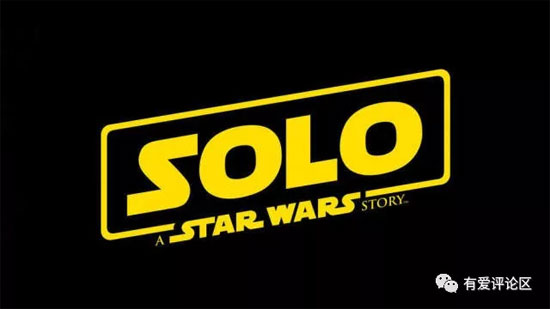
Since Disney acquired Lucasfilm, they’ve released two mainline films and one spin-off—three in total. Overall, none were terrible, but no one could have predicted the fourth installment would be this lackluster.
Why did this happen? It’s a question that lingers in my mind.
[Spoiler Alert: The following contains spoilers.]
The greatest strength and defining feature of the Star Wars franchise lies in its boundless possibilities.
Beyond a few core foundational elements, Star Wars imposes virtually no creative constraints. The franchise can accommodate the wildest imaginings (and has never featured the familiar “Earth”—how fantastic is that?). Solo excels in this regard, showcasing diverse planets and regions, bizarre alien species and creatures, and vastly different attire and customs—all richly represented throughout the film.
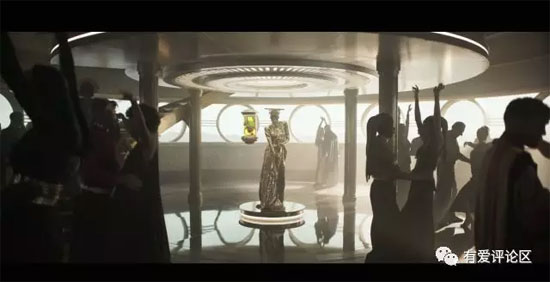
Seeing the two “singers” at villain Dreiden’s party, my sense of novelty still outweighed any sense of strangeness…
“Solo” actually underwent a last-minute director change, with Ron Howard ultimately taking the helm. But to simply say “the director wasn’t up to the task” seems unfair. With a solid track record including “A Beautiful Mind,” “Cinderella Man,” and “Rush,” Howard is no novice. Plus, he’s a die-hard Star Wars fan.
Beyond emphasizing “differentiation” and “diversity,” Howard also poured effort into action sequences. Take the train heist—arguably the film’s best moment. Though not groundbreaking in genre, it still dazzles by weaving in unique Star Wars elements.
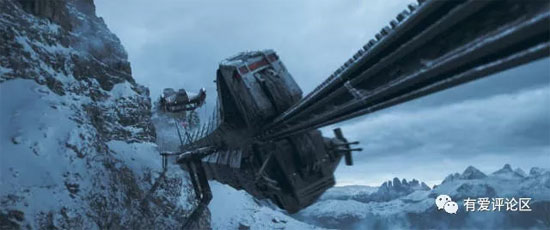
The director’s skills are solid, and a glance at the screenwriters and other key creatives reveals a team that knows their craft. All the essential ingredients are present, so why blame the actors? That makes no sense either.
Solo boasts an impressive cast: Woody Harrelson, “Mother of Dragons” Emilia Clarke, Donald Glover, “Vision” Paul Bettany—even supporting roles feature Sandee Newton (enough for a mini HBO reunion). With such stars elevating newcomer Alden, success seemed virtually guaranteed.
Later, I gradually realized the issue wasn’t poor acting, but character imbalance: some roles felt overly “thick,” others too “thin.”
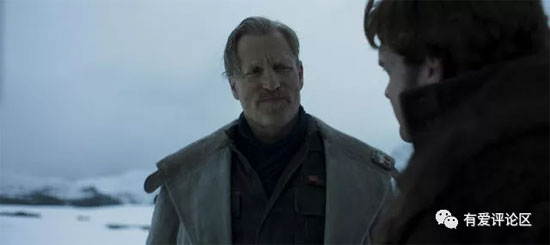
Take Beckett, for instance. With his substantial screen time, his characterization and demeanor clearly positioned him as a “mentor” figure to Han Solo—and indeed he was. Not only did he initiate Han into a life of theft, smuggling, and interstellar adventures, but also paid with his life to teach him “never trust anyone”—yet Beckett’s vacillating between admiration and betrayal creates an unsettling sense of misalignment.
Then there’s Qi’ra, Han Solo’s childhood sweetheart (by the way, Daenerys and Old Han just don’t click). She first appears as a loyal girlfriend through thick and thin, only to resurface later as a high-ranking assistant in a criminal syndicate. The film clearly positions Qi’ra as a “multi-faceted and complex” character, hence the multiple “twists” designed for her in the final scene…
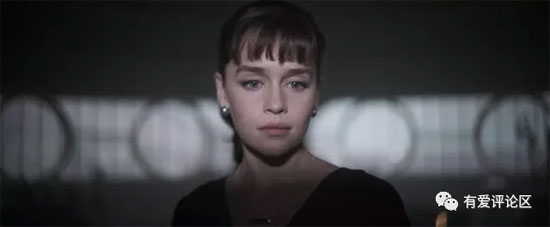
There’s nothing inherently wrong with showcasing a character’s multifaceted nature, but Director Lang clearly took it too far: This isn’t a film that needs to chase “twists” at all costs. One or two might be acceptable, but when the climax piles on twist after twist, it clearly goes too far. Not only does it further dismantle the already fragile characterizations of Beckett and Qi’ra, but it also turns the film’s primary antagonist, Dryden Vos, into a complete joke.
“Solo” wasn’t without opportunities for strong characters, like L3-37.
Robot, female, libertarian, chatterbox, rebel, comic relief, walking map, forbidden romance with a human… Pick just a few of these traits for L3-37, and the character would be richly layered. But cramming them all in creates a bloated, cumbersome mess.
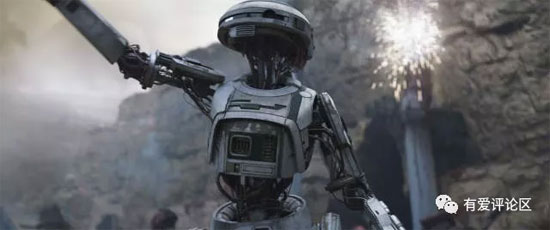
Too much of a good thing. Opinions may vary, but by the end, I found L3-37’s over-the-top antics growing tiresome…
Personally, I believe Star Wars characters share a common trait: they are profound yet uncomplicated, simple without being obscure. Character development involves first building up (“addition”) and then gradually paring down (‘subtraction’)—a key reason the franchise is called “space opera.” The characters in Solo, however, are generally too “full.”
By this standard, the most successfully crafted character in the film is Lando Calrissian. From start to finish, he remains pure in his essence—greedy, confident, arrogant, and unrestrained. Even when he “steps out of line,” it’s always within manageable bounds.
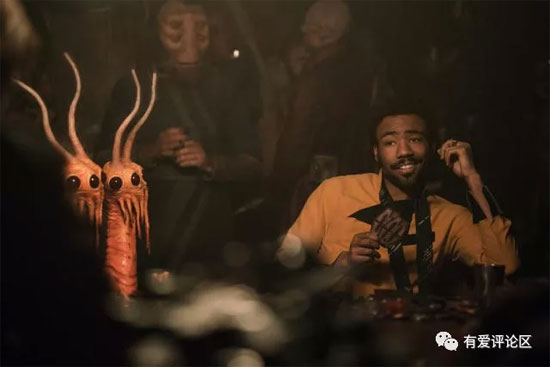
That said, filmmaking has no “standard formula.” Even Star Wars films shouldn’t be so rigidly confined, especially a spin-off. Innovating genres is commendable—as long as it’s done well, delving into depth or complexity is perfectly acceptable.
But…
In “Solo,” every supporting character feels richly developed, yet the protagonist Han Solo remains thin—from his cries to escape his homeland, to his ambition to become the galaxy’s greatest pilot, to his involvement in theft and crime, and even his transformation into a “principled” rogue… Every step Han Solo takes forward feels forced, lacking convincing motivation. The supporting characters, who generally have more screen time, only serve to highlight the protagonist’s pallor.
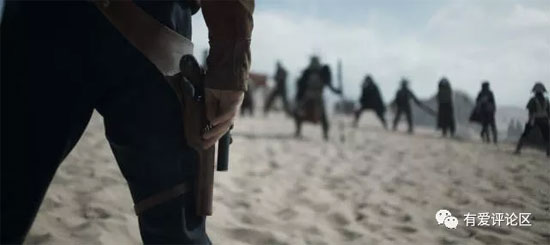
Come to think of it, Han Solo spends most of his screen time shouting slogans, declaring his resolve, striking poses, and showing off…
Truth be told, compared to his later big-time heists with Beckett’s crew, the three years he spent grinding at flight school—only to get kicked out for his wild, freedom-loving ways and then shipped off to infantry as cannon fodder—were the real crucible forging Han Solo’s swagger. Yet the film breezes right over this pivotal period. Han Solo reappears suddenly as the most skilled pilot—even a mid-story “Gu Long-style” plot twist wouldn’t work this poorly.
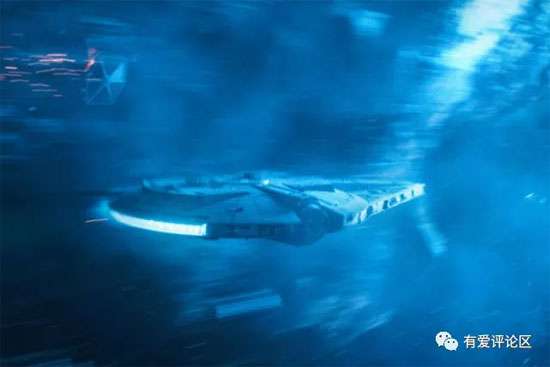
In short, director Ron Howard is competent, the actors deliver passable performances, the plot is tolerable, and the creative team did a decent job… But when combined, it all feels so disjointed that “Solo” becomes the least impactful film in the Star Wars franchise.
This proves that when casting, blindly pursuing “talent” doesn’t guarantee success—choosing the “right fit” matters more. The spin-offs Rogue One and Star Wars: Episode VIII – The Last Jedi are prime examples.
Of course, nostalgia plays a role in evaluating films. After all, we witnessed Han Solo and Chewbacca becoming sworn brothers, saw the legendary Millennium Falcon make its debut and change hands, and experienced Han and Lando’s legendary gamble…
Wasn’t that enough?
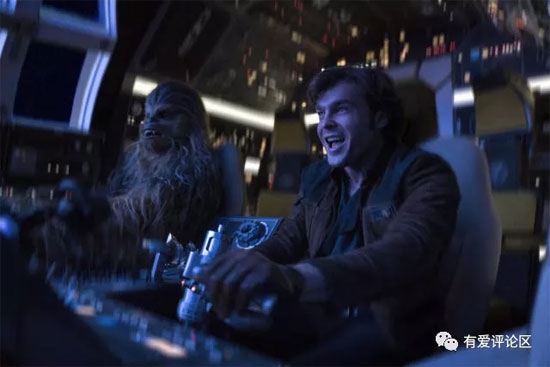
Yet audiences are perpetually insatiable—before the screening, some might have felt content merely to see Han Solo and Chewbacca piloting the Millennium Falcon through interstellar space. But once the film began, no one would be easily satisfied by that alone.
Please specify:Anime Phone Cases » Solo: A Star Wars Story 遊俠索羅:星際大戰外傳 2018 Film Review: Choosing the “right” option is more important than choosing the “good” one.